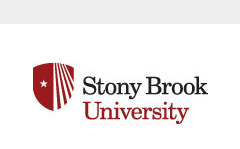Document Type
Article
Publication Date
Winter 12-2001
Abstract
The comparative analysis of homologous characters is a staple of evolutionary developmental biology and often involves extrapolating from experimental data in model organisms to infer developmental events in non-model organisms. In order to determine the general importance of data obtained in model organisms, it is critical to know how often and to what degree similar phenotypes expressed in different taxa are formed by divergent developmental processes. Both comparative studies of distantly related species and genetic analysis of closely related species indicate that many characters known to be homologous between taxa have diverged in their morphogenetic or gene regulatory underpinnings. This process, which we call “developmental system drift” (DSD), is apparently ubiquitous and has significant implications for the flexibility of developmental evolution of both conserved and evolving characters. Current data on the population genetics and molecular mechanisms of DSD illustrate how the details of developmental processes are constantly changing within evolutionary lineages, indicating that developmental systems may possess a great deal of plasticity in their responses to natural selection.
Recommended Citation
True, John R., "Developmental system drift and flexibility in evolutionary trajectories" (2001). Ecology & Evolution Faculty Publications. 2.
https://commons.library.stonybrook.edu/doee-articles/2

Comments
Published in Evolution & Development, Volume 3, Issue 2, pages 109–119, March 2001
Version of Record online: 20 DEC 2001
DOI: 10.1046/j.1525-142x.2001.003002109.x